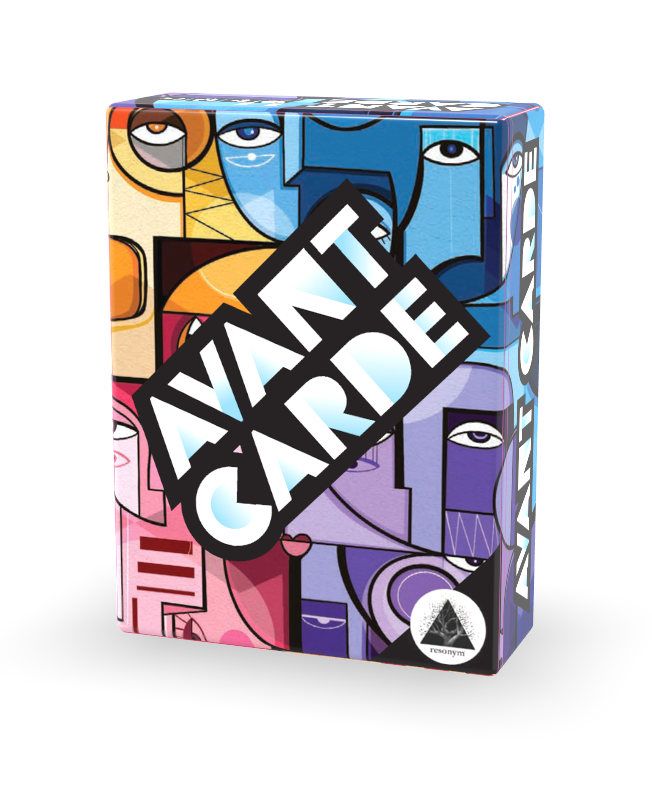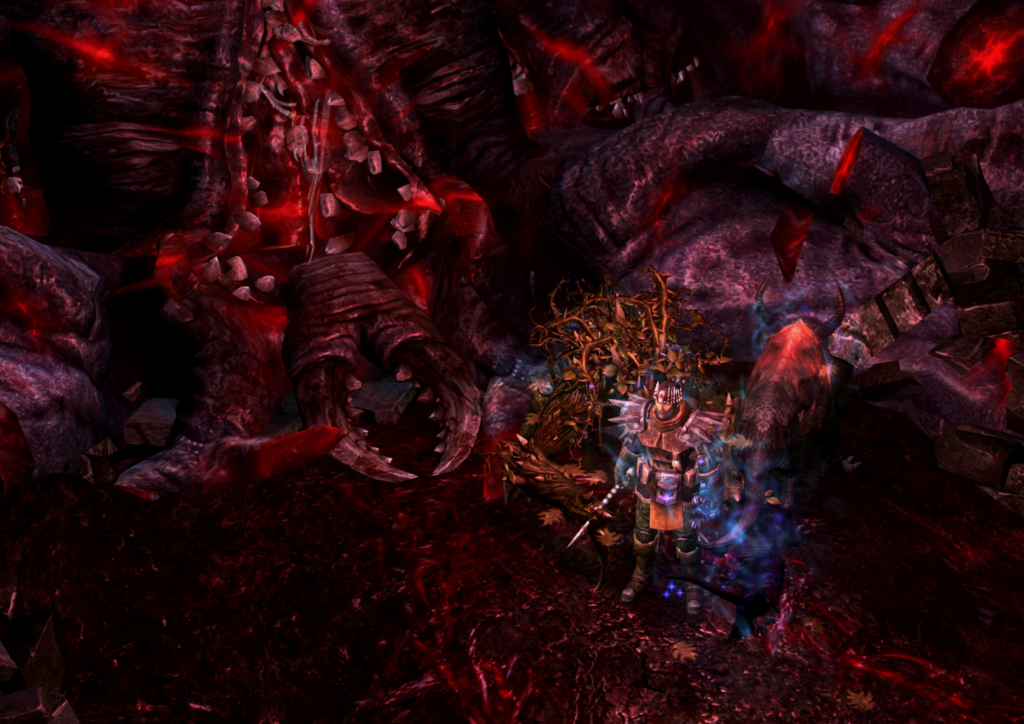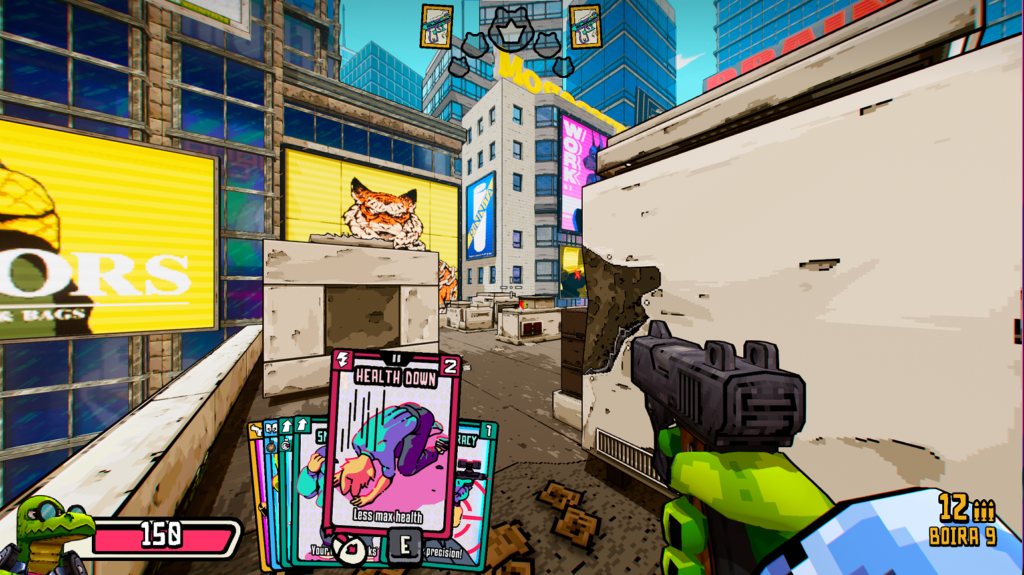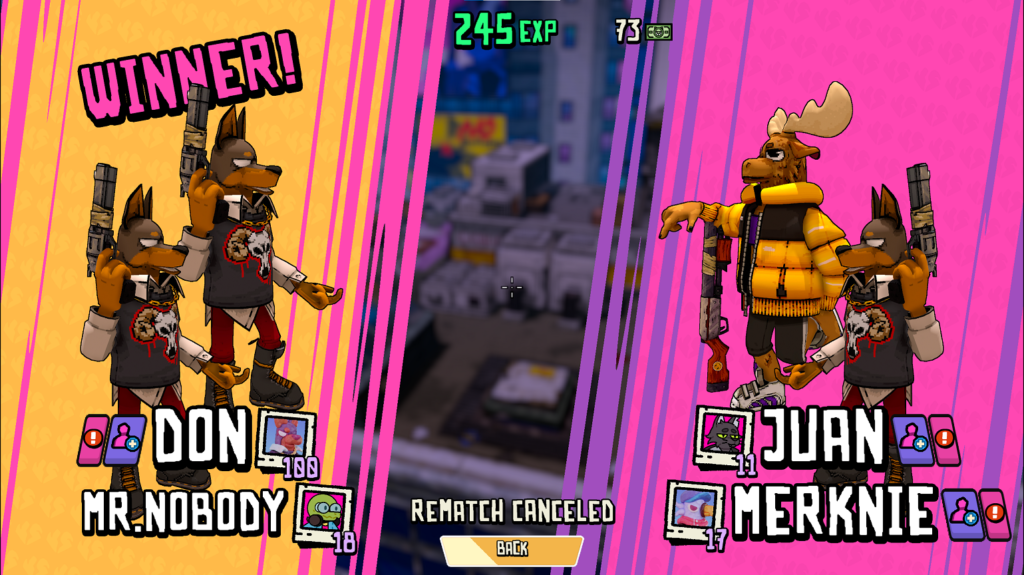I moved recently, and one side effect of that move is playing a lot more board games. So this week while I try to avoid destroying the computers at my day job, let’s talk about some of the board games I’ve been playing.
Note: I’ve included links to their BBG page, less because I think BGG is some incredible source of wisdom, and more because I think linking to an Amazon page is pretty useless.
1. Root
Root is a 2-4 player asymmetric tactics game. It also has one of the most interesting problems I’ve ever seen in a board game, and that problem is that it is very cute.
No, really. The game is incredibly adorable, and that’s a problem because I think a lot of non-board gamers would look at it and go “Oh wow, that seems friendly and approachable.” A lot of hardcore board gamers would look at it and go “This didn’t cost $600 on Kickstarter, contains less then 50 plastic models, and doesn’t model industrialization in the 18th century. Get it out of my sight.”
Then you open the game up, and realize it has 3 rulebooks. A quickstart rulebook, an example and setup rulebook, and a rulebook simply entitled “The Law of Root” and references to things like section 9.2.9.
Long story short, Root possesses a level of depth and complexity that is very much not telegraphed by its adorable art.
I think my favorite thing about it is how different the factions are. When I played, it was a game where everyone else played Civilization, while I played Diablo, running around gathering loot as the Vagabond.
I really want to play more Root. It seems like a really interesting game.
2. Clank: Legacy
Of all the games in this list, Clank: Legacy is the one most likely to get a full writeup at some point. That’s because I’m playing through a full campaign with a friend, and we’re six games deep.
Clank is a movement based competitive deck builder where you build up your deck while adventuring around a board. As you do so, you collect items that get you victory points, and then try to escape with a valuable artifact.
Clank: Legacy takes that and adds a bunch of events and twists into the mix, as well as doing a bunch of the standard legacy stuff (using the legacy model to provide scaffolding, letting you put stickers on the board).
I’m enjoying playing it because I like the Acq-Inc theming, but I do wish the game itself was slightly more co-operative. There’s so much to search out and discover, but it feels like playing “optimally,” especially at two players, forces games to end incredibly quickly. This ends up being a detriment to the legacy system because you don’t get to explore much of it!
3. Potion Explosion
Potion Explosion has marbles. And unlike Gizmos (later on this list), it actually does a lot with them. It’s a variable set collection game, and the primary mechanic is pulling marbles from a central dispenser.
There’s a sort of match-3 element present as well, where if marbles of the same color touch after a match, you can pull and add all of those marbles to your pool in addition to one you pulled out. I’m not doing a great job of describing it, but it’s very fun, and actually takes advantages of the physicality of the marble dispenser.
4. Worldbreakers
Worldbreakers describes itself as “a tactical card game set in alternate 13th century Asia.” I only played one game, and the structure felt very much like an LCG in the vein of something like Netrunner.
The big selling point for me would be the game’s relative mechanical simplicity, and count up structure for victory, where you win by scoring points as opposed to running your opponent out of life.
I won my game, and liked it enough that I’d play again. I’m curious to see how tactical and meaningful the choices are when I have a greater sense of the cards and their abilities. And also when I have to play an aggro into control deck matchup, as opposed to the other way around.
Note: I’m pretty sure Worldbreakers was a KS exclusive, with a limited pre-0rder for a second KS run. So getting a copy of this is probably quite difficult. I’d suggest finding someone else who already owns and just playing with them, or trying to find someone who would bring it to a convention.
5. 7 Wonders
I liked 7 Wonders, but I don’t have too much else to say on it. It’s a tableau builder with a pick and pass drafting mechanic (like Magic drafts or Sushi Go).
I’ve always liked drafting games, I enjoyed 7 Wonders, and I’d probably play it again for its mechanics. But I wouldn’t say I was enthused by it. The theme is just sort of your traditional “build a thing wow.”
On the other hand, 7 Wonders is already so well known I’m not too worried that my one lukewarm take is going to any real impact on it.
6. Gizmos
So Gizmos is a resource management engine builder.
There’s a big marble machine thing in the middle, but honestly, I’m not very impressed by it. They could have done the exact same thing if the marbles were just a deck of cards.
I’m pretty lukewarm on Gizmos. It might be because I never got anything to quite work, but it just didn’t feel very fun to play, and the marble components felt unnecessary to the actual mechanics of the game.



















